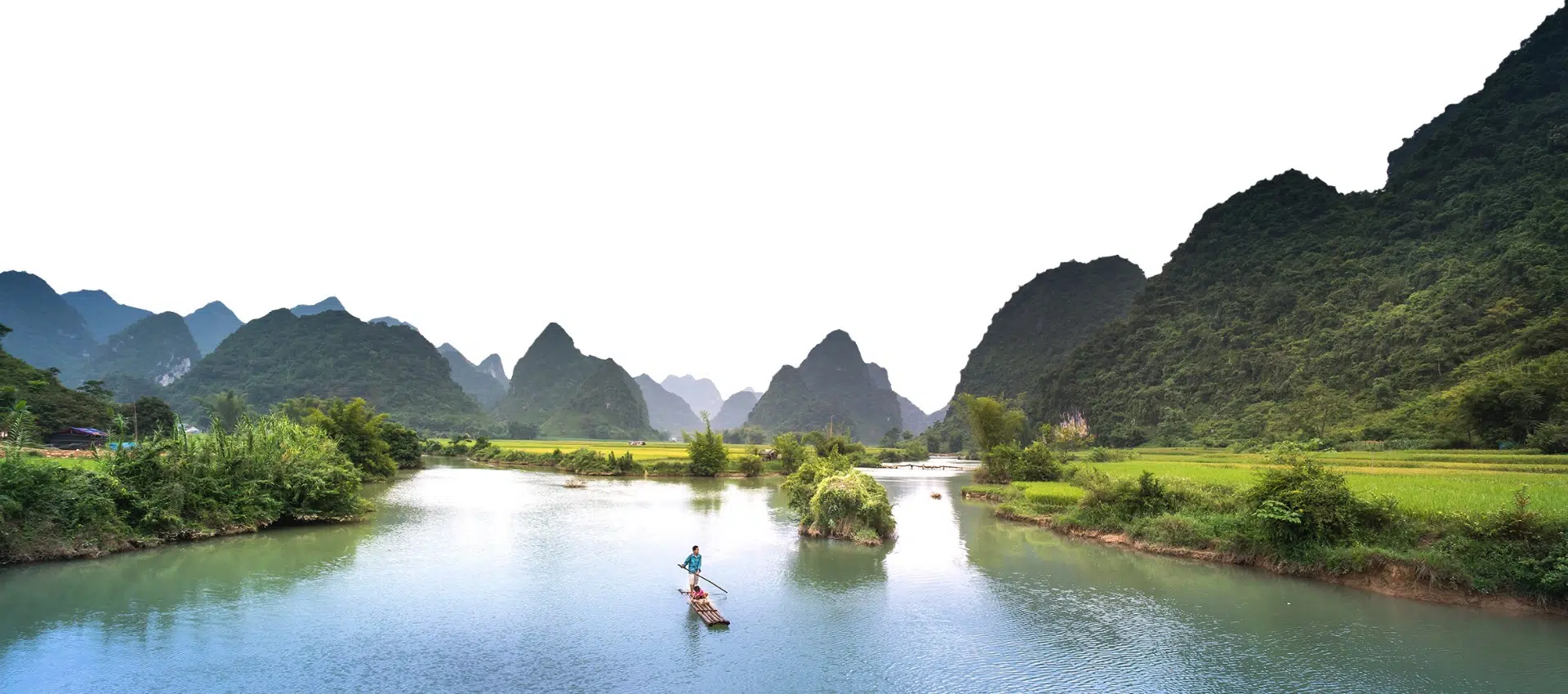PROJECT #64: STURGEON TAGGING AT STURGEON FEST
Education & Awareness | Water Quality & Ecosystem Health
June 6-7, 2025 | Port Huron, MI | St. Clair River
10,000
sturgeon in the St. Clair River
44
miles of international river
2
sturgeon caught and tagged
THE FRIENDS OF THE ST. CLAIR RIVER TEAMS UP WITH RIVERS ARE LIFE FOR STURGEON FEST
The Rivers are Life team had the opportunity to join the Michigan Department of Natural Resources on the Channel Cat research vessel on the St. Clair River to catch and tag lake sturgeon for population studies. Lake sturgeon are an important and endangered species in the Great Lakes region. They are the largest freshwater fish species in the ecosystem growing up to seven feet long and 100 years old and hold significant cultural value to many Native American groups in the region.
On the Channel Cat, the DNR explained the process of tagging sturgeon to the Rivers are Life team and other visitors. Lake sturgeon are bottom feeders, much like channel catfish. Juvenile sturgeon eat aquatic insects and as they grow larger may include crayfish, mussels, and gobies. Though sturgeon help to control the invasive mussel populations, the mussels are so dense in some areas that the young sturgeon struggle to find good sources of food. As explained by one of the biologists, “Zebra mussels are like junk food to them;” they can eat them, but they don’t hold a lot of nutritional value.
To help the sturgeon population grow, the US Fish and Wildlife Service and the Michigan DNR collect eggs from lake sturgeon spawning grounds to hatch in the protection of fisheries. The hatched sturgeon then enter a program where they are sent to educational facilities such as nature centers and classrooms to be raised for 6 months. They are fed primarily blood worms during their six months raised in captivity. In the Port Huron area, these young lake sturgeon are brought to Sturgeon Fest and released into the North Channel of the St. Clair River at the end of the day.
The Friends of the St. Clair River have held Sturgeon Fest for fourteen years in Port Huron, MI. The festival helps bring awareness to the work the DNR do to protect and help the species bounce back after decades of struggle. Lake sturgeon became endangered due to a variety of factors including historic overfishing, dam construction (blocking access to ancestral spawning grounds), pollution, and habitat destruction. But through conservation efforts, the lake sturgeon in the Great Lakes region is making a resurgence. Interestingly, the channels that were dredged in the 1800s for freighters to pass destroyed natural sturgeon habitat, however the coal clinker dumped in the river as waste is found to be accidentally sufficient habitat for the sturgeon to spawn. The DNR has since installed artificial reefs of cobble-sized limestone for the sturgeon to use as spawning grounds as well.
While on the DNR research vessel, the Rivers are Life team was able to help catch two juvenile lake sturgeon, an eight-year-old measuring 31” and a twelve-year-old measuring 34”. The twelve-year-old was first tagged in 2018 and has been caught and released by four anglers, but the eight-year-old had not been tagged before. The younger sturgeon received a microchip tag. Larger fish, if not caught before, receive an external tag on the dorsal fin as well. Both sturgeon were brought to Sturgeon Fest the next day (Saturday, June 7) for the touch tank so event goers could get up close and personal with these “living dinosaurs.” They were kept overnight in an environmentally balanced tank specially designed for walleye fry stock but repurposed for the sturgeon until they could be relocated to the touch tank at the festival and from there released into the North Channel.
Rivers are Life is also excited to announce that we have adopted a lake sturgeon through the Friends of the St. Clair River. You can adopt a sturgeon or other endangered animal here.
PROJECT GALLERY



